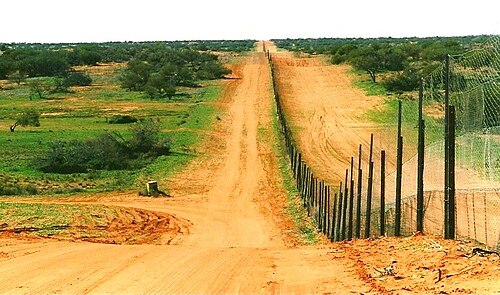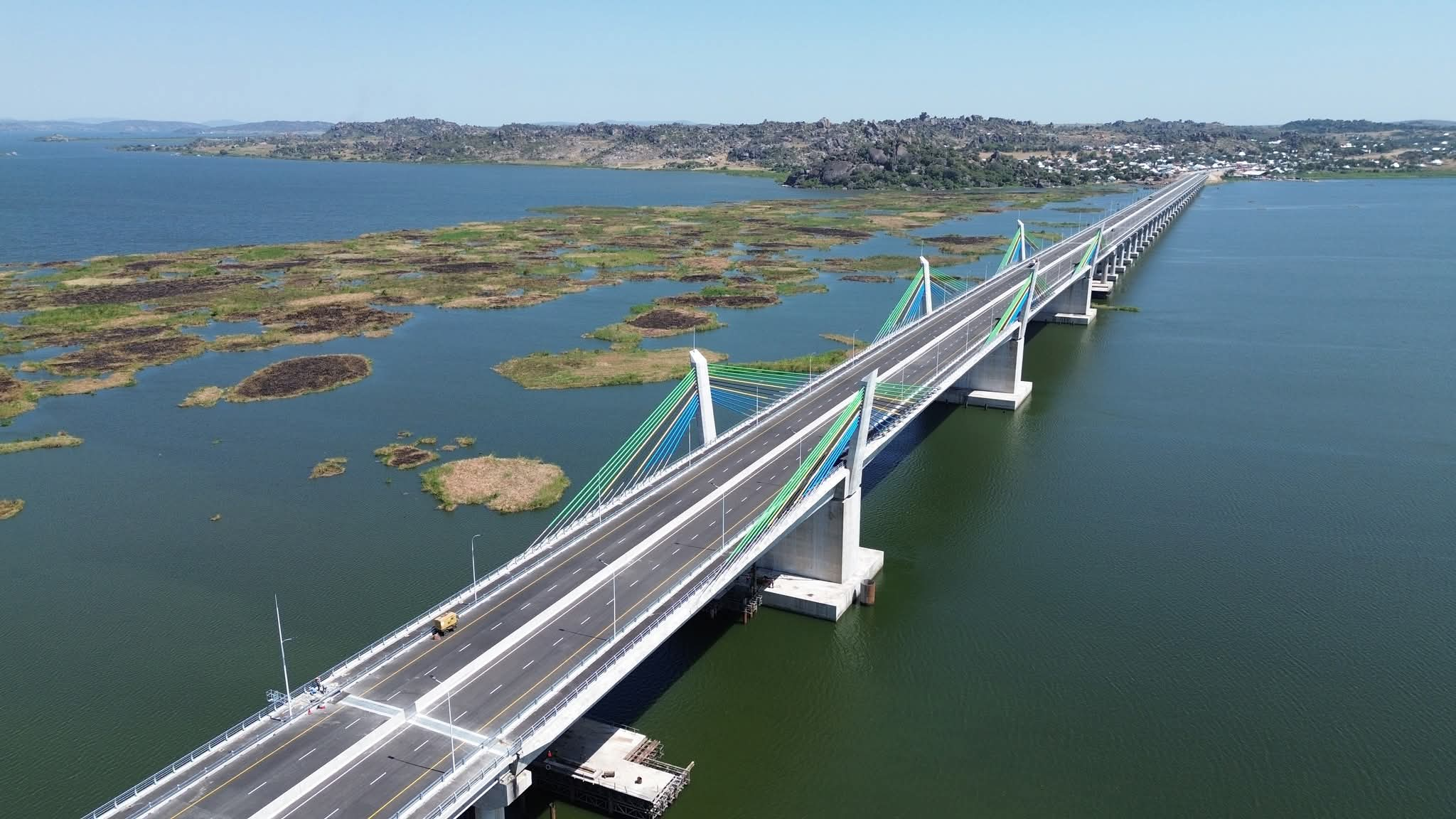DINGO OR DOG FENCE: One of the World's Longest Fences

Did you know that one of the world's longest fence is situated in Australia, and it is designed to protect southeastern Australia’s sheep farms from predatory dingoes (an ancient lineage of dog found in Australia)?
Australia is home to some of the longest fences in the world, and have their origins at the turn of the twentieth century. At the time, concerns over invasive rabbits damaging crops and affecting native species saw some regions try to fence out the problem.
This resulted in three large fences built across sections of the country – Western Australia’s state barrier fence, Queensland’s Darling Downs, – Moreton Rabbit Board fence, and what is now known as the dingo fence.
Stretching over 5,000 kilometres from Queensland to South Australia in Australia, the dingo fence is designed to protect southeastern Australia’s sheep farms from predatory dingoes. While this latter fence was relatively unsuccessful at keeping rabbits out, it was able to keep out larger animals. Support from farmers and the government meant that the rabbit fence was upgraded and expanded over time in the 1950s.
As such, the Dingo Fence or Dog Fence is one of the longest structures in the world. It stretches 5,614 kilometres (3,488 mi) from Jimbour on the Darling Downs near Dalby through thousands of kilometres of arid land ending west of Eyre peninsula on cliffs of the Nullarbor Plain above the Great Australian Bight near Nundroo.
It has been partly successful, though dingoes can still be found in parts of the southern states. Although the fence has helped reduce losses of sheep to predators, this has been countered by holes in fences found in the 1990s through which dingo offspring have passed and by increased pasture competition from rabbits and kangaroos.
On the inside of the dingo fence, which contains cities such as Brisbane, Melbourne and Sydney, dingoes were systematically exterminated. This has allowed researchers to examine the effect of the dingoes on the landscape, and how the predator’s removal has affected Australia’s ecosystems.
In 2009 as part of the Q150 celebrations, the dingo fence was announced as one of the Q150 Icons of Queensland for its role as an iconic "innovation and invention".
However, the fence is also a barrier to many other forms of wildlife, including kangaroos. New research has revealed that young kangaroos outside the fence are much larger than those of the same age inside the fence. As dingoes tend to target smaller kangaroos, this likely makes them less of a target.
Source: Natural History Museum | Wikipedia
#penglobalfactfile


_1755775186.jpg)
